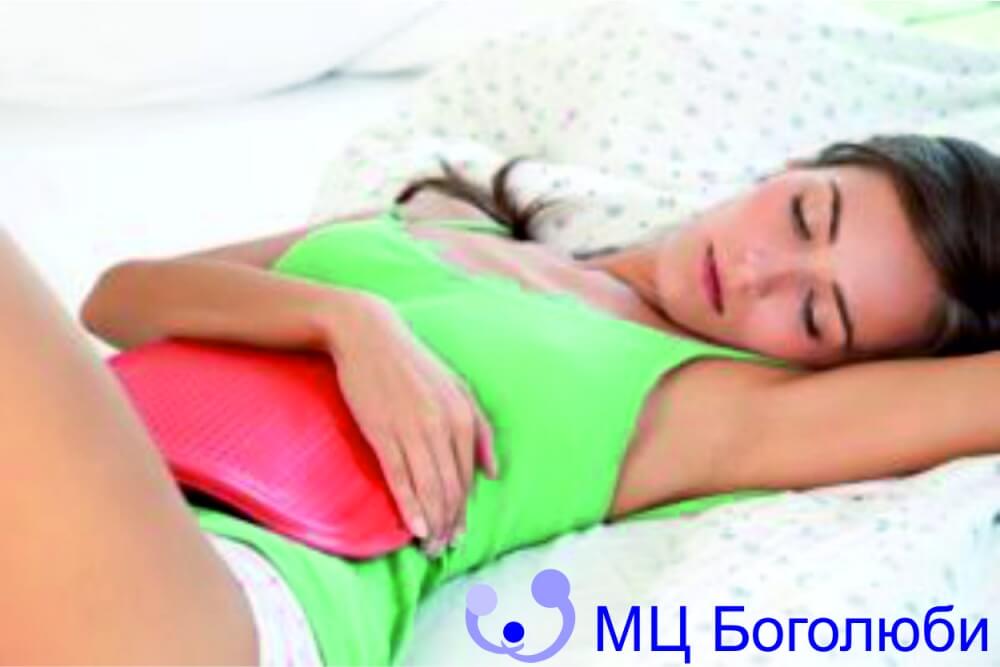The term «cholecestitis» refers to the inflammatory process in the gallbladder. The disease can take effect in acute or chronic form. Statistics indicate that 85 - 90% of cases of cholecystitis are associated with the formation of stones in the biliary tract or in the gallbladder itself. About 20% of the country's population suffers from this disease.
Causes of cholecystitis
It should be known that gallstones are formed due to the decreased solubility of cholesterol and bile salts in bile. If the balance of phospholipids in the body is disturbed, crystalline precipitates form from the above components layered on top of each other, give rise to the onset of the disease.
Risk factors for cholecystitis
Women are more at risk of gallstone formation than men, especially those who are obese. Family risk histories are also noted among risk factors. The average age of patients with cholecystitis is 60.
There is a hypothesis that cholecystitis is the result of proliferation of bacteria in bile. Stasis of the bile duct causes cholecystitis due to chemical irritation of the walls of the gallbladder. This irritation causes an increase in pancreatic juice and its digestive enzymes undermine the integrity of the mucous membrane of the gallbladder. And finally, the picture is complicated by a decrease in blood supply to the bladder (ischemia) due to an increase in intraluminal pressure by compression of the blood vessels.
Complications of cholecystitis
Ischemia leads to dangerous complications of cholecystitis:
- necrosis of the bladder wall;
- perforation of the wall and transudation of bile;
- chemical or bacterial peritonitis.
Classification of cholecestitis
Non gallstone cholecystitis is one of the forms of the disease. More often men suffer. Contribute to the development of the disease:
- exhaustion;
- long bed rest;
- surgical interventions on the abdominal cavity;
- fracture;
- burns and prolonged parenteral nutrition.
Particularly susceptible to non-calculous cholecystitis are patients with acute cardiovascular disease, sickle cell anemia, salmonellosis, typhoid fever, cytomegalovirus, and, , tumor processes.
Symptoms of acute cholecestitis
Symptoms of acute cholecystitis are:
- pain on the right or in the center, sometimes spreading in the back;
- chills;
- fever;
- nausea and vomiting.
Unlike biliary colic, the pain is persistent and continues even after an acute episode, although it eases over time. Painful sensations associated with cholecystitis are aggravated by palpation, and their appearance is often associated with eating on the eve of fatty foods.
The intensity of the pain is not necessarily related to the severity of the disease. More or less obvious yellowing of the skin and sclera, which is associated, as a rule, with calculous cholecystitis.
Chronic cholecystitis, which occurs as a result of repeated episodes of acute inflammation, is often asymptomatic.
How to treat cholecystitis?
The presence of a pathological process in the gallbladder is evidenced by an increase in neutrophilic leukocytes, which is provable with a simple blood test, as well as an increase in ESR, alkaline phosphatase and bilirubin. A small increase in transeminases and amylases is attached to all of this. The clinical picture and ultrasound .
will more accurately diagnose cholecystitis. In case of a severe course of the disease (empyema, dropsy, perforation of the wall, peritonitis), there is a need for cholecystectomy, an urgent surgical intervention aimed at removing the gallbladder, which today is successfully performed laparoscopically «in the Bogoliuby MC. ». The minimum invasiveness of the procedure plus the relative importance of the organ, as a rule, provides a complete cure and negates the risk of relapse.

















